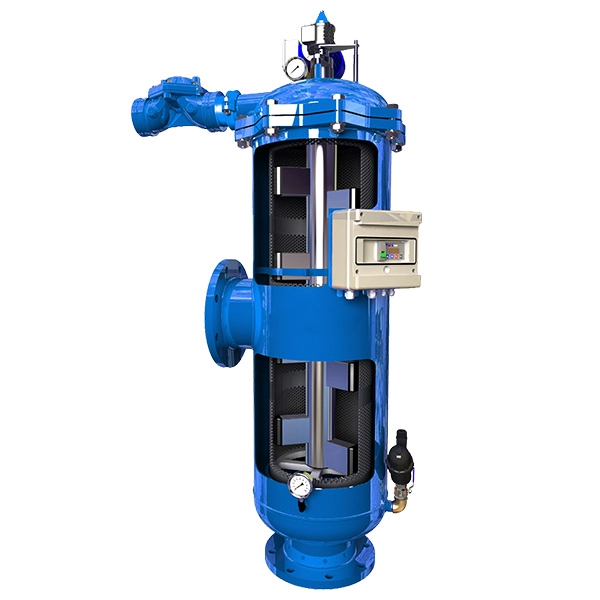Fluid dynamics is an essential part of a variety of industrial processes. A majority of them rely heavily on the devices that administer fluid dynamics. From wastewater treatment to obtaining purity in various industrial products, equipment administering fluid dynamics has a key role to play in the entire process. One such important device is known as the hydrocyclone. The job of hydrocyclones is to generate centrifugal force using fluid pressure. In simple terms, these devices have no moving parts and they look like a configured pipe tee.
The centrifugal force generated by a hydrocyclone results in a flow
pattern that forces the separation of particles or droplets from the liquid
medium. To achieve separation, these particles or droplets must have a
sufficiently different density relative to the medium. The centrifugal force
makes the flow pattern cyclonic, which is why this piece of equipment is called
a hydrocyclone. This flow pattern occurs because the liquid is induced into the
cylindrical chamber using the tangential injection method. In this blog, we’ve
gathered more information about hydrocyclones to help you grasp a better
understanding of this equipment.
Applications of Hydrocyclones:
- Hydrocyclones are used for
desliming, dewatering and sizing a variety of products, including sand,
construction aggregates and industrial minerals.
- These hydrocyclones were first used in the
mining industry for efficient separation of solids and liquids, such as
the dewatering of particulate solids that are suspended in the water
stream.
- Hydrocyclones are also used in the food
industry to ensure the quality and purity of food products.
- These useful pieces of equipment also find
their use in the chemical industry, where chemicals need to be in their
purest form to deliver the desired results.
How a Hydrocyclone Works:
The centrifugal force generated by a hydrocyclone results in a flow
pattern that forces the separation of particles or droplets from the liquid
medium. To achieve separation, these particles or droplets must have a
sufficiently different density relative to the medium. The centrifugal force
makes the flow pattern cyclonic, which is why this piece of equipment is called
a hydrocyclone. This flow pattern occurs because the liquid is induced into the
cylindrical chamber using the tangential injection method. This tangential
injection of liquid into the cylindrical chamber results in the development of
a vortex. The cylindrical chamber of a hydrocyclone is equipped with a
restricted axial bottom outlet. Not all of the liquid can leave the cylindrical
chamber at once via this outlet. This is why some quantity of liquid reverses
its path and flows concurrently towards the axial top outlet of the cylindrical
chamber. This whole reverse flow process continues to go on, and ultimately an
air core is generated because of the low pressure at the axis of rotation.
Some More Surprising Facts About Hydrocyclones:
- The pressure at the inlet of a hydrocyclone
can tell you a lot, as it is an important indicator of where the cyclone
separation or cut point will be. This is the point where a particulate
either makes it to the overflow or underflow.
- As mentioned earlier, a hydrocyclone has no
moving parts. It is just a combination of a housing, liners, and assembly
hardware.
- You can modify a hydrocyclone to generate dry
underflow while keeping a high separation efficiency.



No comments:
Post a Comment